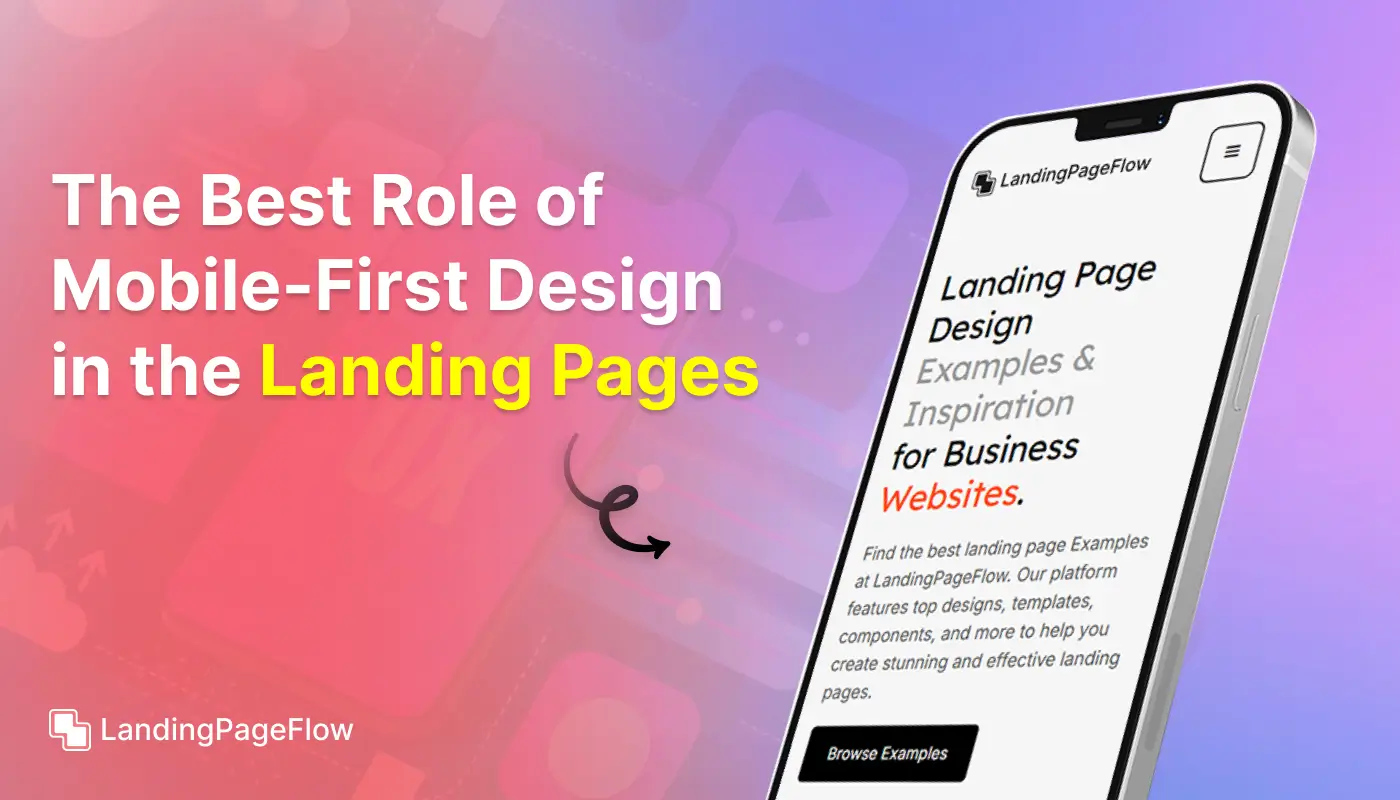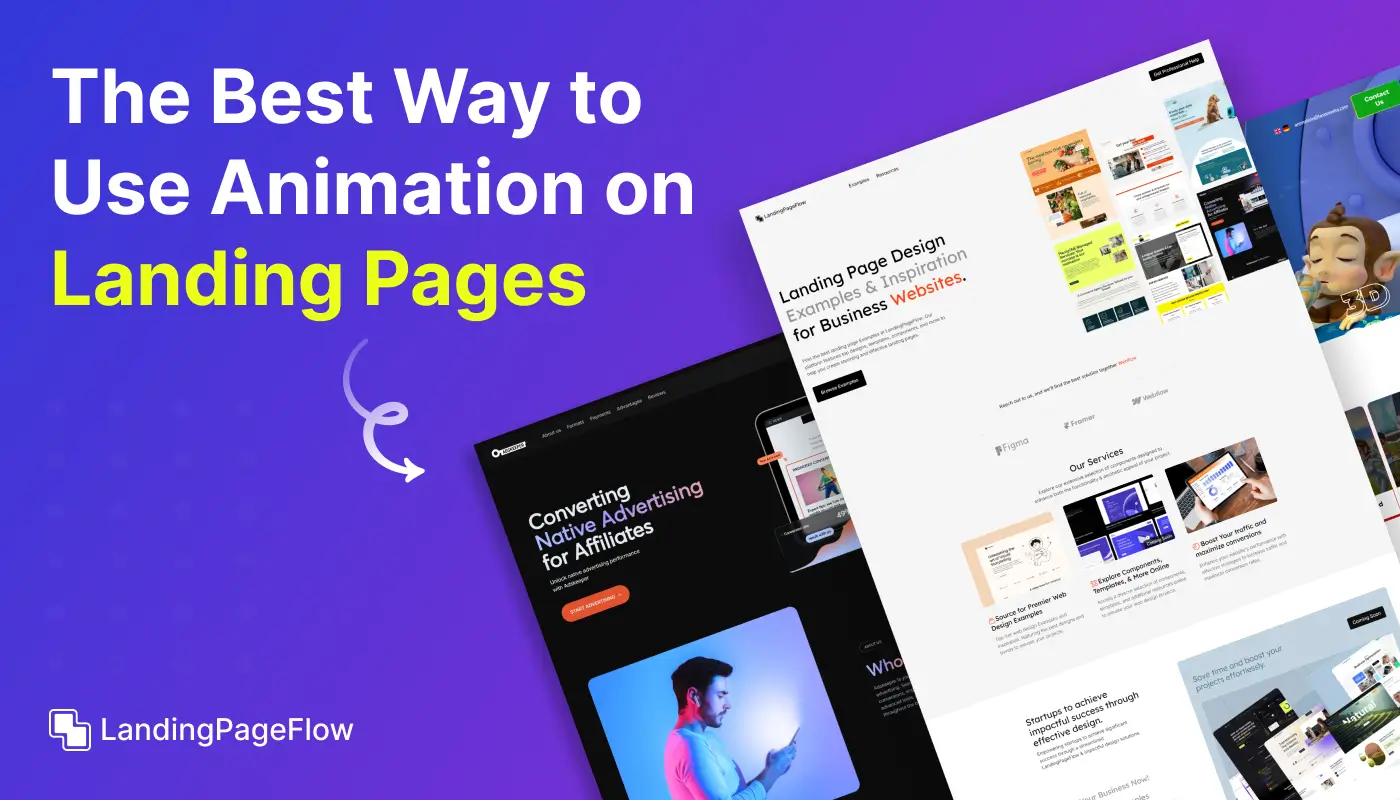Optimizing Your Facebook Landing Page For Maximum Engagement and Conversions

November 14, 2025
Facebook advertising continues to dominate the digital space, but its success depends heavily on how well your landing page performs. A compelling ad can grab attention, but if the landing page fails to deliver, potential leads vanish instantly.
Marketers often overlook this connection, focusing solely on ad spend while neglecting the page where conversions truly happen. A strong landing page not only supports your ad message but also reassures visitors they’ve made the right click.
User experience plays a major role, shaping how long someone stays and whether they take action. Clarity, speed, and mobile responsiveness are becoming necessities rather than options.
A Facebook landing page should feel seamless, echoing the promise of the ad while providing a clear next step. Every detail, from headlines to visuals to CTAs, can influence conversion rates. Crafting the right page isn’t about adding more design elements, but about reducing friction.
The fewer distractions, the higher the chances your visitor will take the action you want. When designed strategically, a Facebook landing page becomes more than a stopgap between ad and offer. It becomes the driver of conversions, trust, and long-term engagement.
"Ready to increase engagement on Facebook?
Claim your free landing page checklist & see instant results."
Table of Contents
- What is a Facebook Landing Page?
- Why Facebook Landing Pages are Important?
- Key Elements of a High-Converting Facebook Landing Page
- Strategies to Optimize Your Facebook Landing Page
- Common Mistakes to Avoid
1. What is a Facebook Landing Page?

A Facebook landing page is a dedicated webpage where users are directed after clicking on a Facebook ad, post, or link.
A Facebook landing page, in contrast to your homepage, is made with a specific objective in mind, such as increasing sales, generating leads, or promoting event sign-ups.
2. Why Facebook Landing Pages are Important?

a. Increased Engagement
Facebook users are often browsing casually. A well-designed landing page can grab their attention, engage them, and encourage them to take the desired action.
b. Improved Conversions
A tailored landing page ensures that users find relevant information quickly, reducing bounce rates and increasing conversion rates.
c. Better Ad Performance
When paired with a Facebook ad, an optimized landing page improves the ad’s relevance score, reducing your cost-per-click (CPC) and boosting return on investment (ROI).
3. Key Elements of a High-Converting Facebook Landing Page

a. Clear and Compelling Headline
Your headline is the first thing users see. It should immediately communicate your value proposition and align with the promise made in your Facebook ad.
b. Eye-Catching Visuals
Include high-quality images or videos that resonate with your audience. Visuals should be relevant to your product or service and create an emotional connection.
c. Strong Call-to-Action (CTA)
Your CTA button should stand out and use actionable language, such as:
- “Get Started Now”
- “Claim Your Free Trial”
- “Download the Guide”
d. Mobile Optimization
The majority of Facebook users access the platform via mobile devices. Ensure your landing page is fully responsive and provides a seamless mobile experience.
e. Social Proof
Add testimonials, reviews, or statistics to build trust and credibility. Seeing others benefit from your product or service encourages conversions.
f. Fast Loading Times
A slow-loading page can lose up to 53% of visitors. Optimize images, reduce scripts, and ensure your page loads in under 3 seconds.
4. Strategies to Optimize Your Facebook Landing Page

a. Match the Ad Message with the Landing Page
Consistency is key. The messaging, visuals, and tone of your landing page should align with your Facebook ad. If your ad promises a discount, ensure it’s prominently displayed on the landing page.
b. Use A/B Testing
Experiment with different headlines, images, CTAs, and layouts to identify what works best for your audience. Continually refine your page based on performance data.
c. Simplify Navigation
Remove distractions like unnecessary links, navigation bars, and external links that could take users away from your landing page. Keep the focus on the main action you want them to take.
d. Leverage Facebook Pixel
Install the Facebook Pixel on your landing page to track user behavior and measure the effectiveness of your campaigns. Use the data to retarget visitors and optimize your page.
e. Optimize for Local Audiences
If you’re targeting a specific location, tailor your landing page to include localized content, such as testimonials from local customers or region-specific offers.
f. Offer Incentives
Give users a reason to convert, such as a free eBook, discount code, or limited-time offer. Make the incentive clear and easy to access.
5. Common Mistakes to Avoid

a. Inconsistent Messaging
If your landing page content doesn’t align with your ad, users may feel misled and leave without converting.
b. Cluttered Design
Too much text, images, or CTAs can overwhelm users. Stick to a clean, minimalistic design with a clear focus.
c. Ignoring Mobile Optimization
If your page isn’t mobile-friendly, you risk losing a significant portion of your audience.
d. Weak CTAs
A vague or unappealing CTA can lead to missed opportunities. Ensure your CTA is direct, bold, and action-driven.
e. No Trust Signals
Failing to include testimonials, reviews, or certifications can make users hesitant to take the next step.
Conclusion
A Facebook landing page that converts consistently requires focus, testing, and refinement. Small improvements often lead to big differences in engagement.
Strong alignment between your ad and landing page ensures visitors feel confident and motivated to take the next step. Keeping messaging clear and visuals purposeful builds trust.
Mobile-first design and fast-loading pages should remain at the heart of your optimization process. People act quickly on social media, so delays can cost you conversions.
Testing variations of headlines, buttons, and layouts can reveal what resonates best with your audience. Continuous optimization prevents stagnation and improves long-term ROI.
Investing in a better landing page means more than immediate conversions. It strengthens your overall marketing funnel and maximizes the value of your Facebook campaigns.

FAQ
1. Why is a Facebook landing page important for conversions?
A landing page bridges the gap between your ad and your offer, ensuring users take action instead of bouncing.
2. How do I match my landing page to my Facebook ad?
Maintain consistent messaging, visuals, and tone so visitors instantly recognize they’re in the right place.
3. What design elements boost Facebook landing page performance?
Clear headlines, compelling visuals, trust signals, and a strong call-to-action are the most effective.
4. How can I reduce bounce rates on my Facebook landing page?
Faster load times, mobile responsiveness, and removing unnecessary distractions lower bounce rates.
5. Should I create multiple landing pages for different ad campaigns?
Yes, tailoring each landing page to specific campaigns improves alignment and increases conversions.
6. How often should I test my Facebook landing page?
Regular A/B testing of headlines, visuals, and CTAs helps identify what works best and keeps performance strong.



















